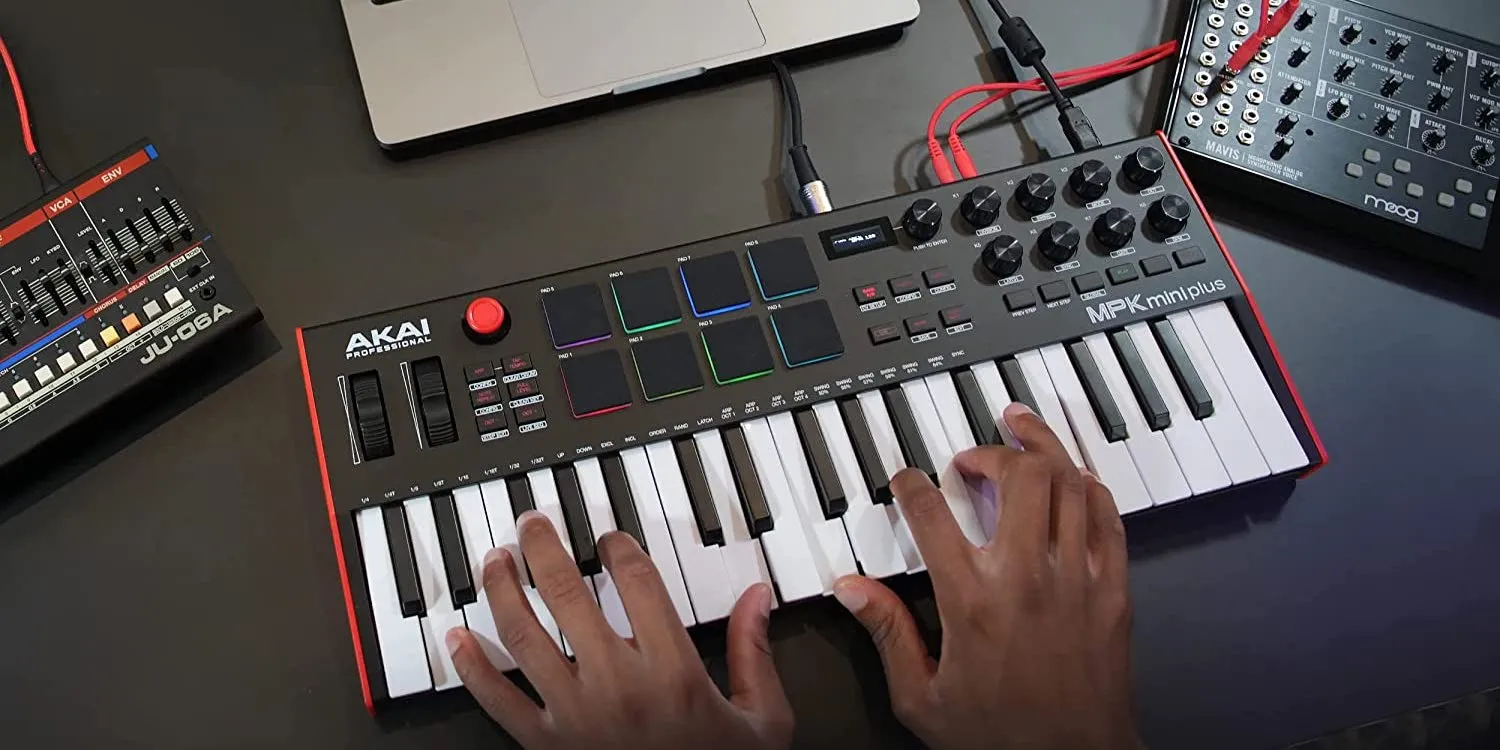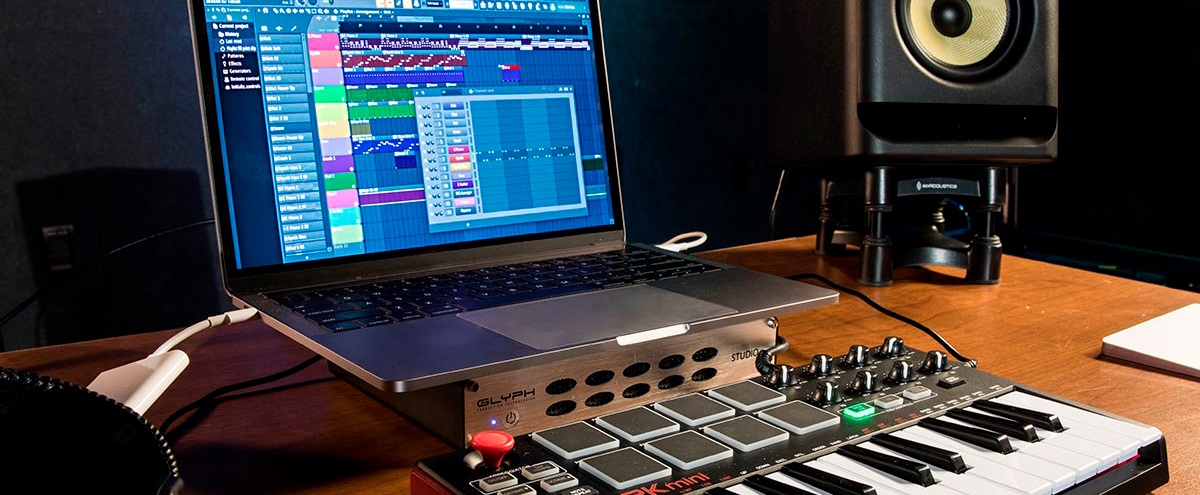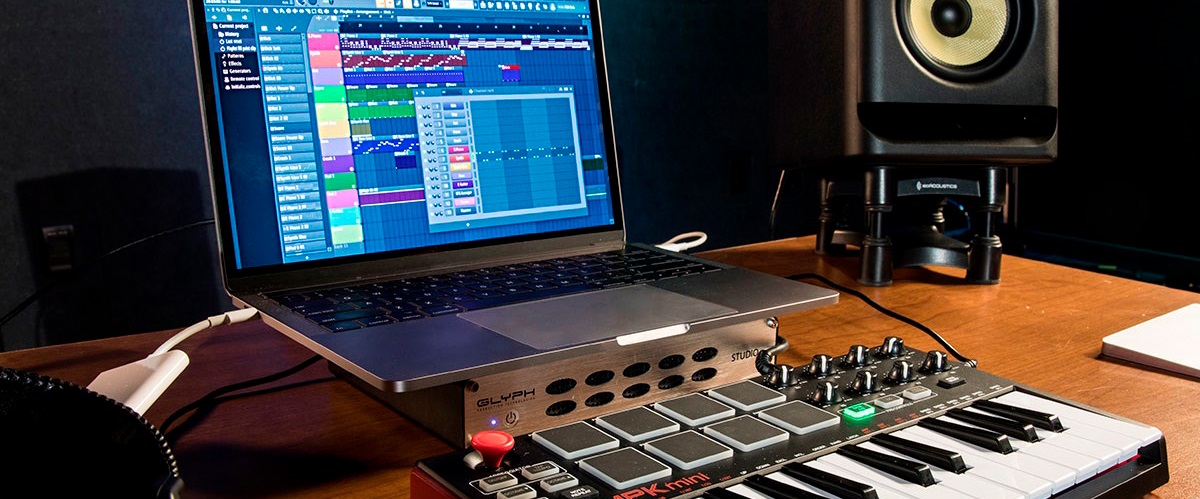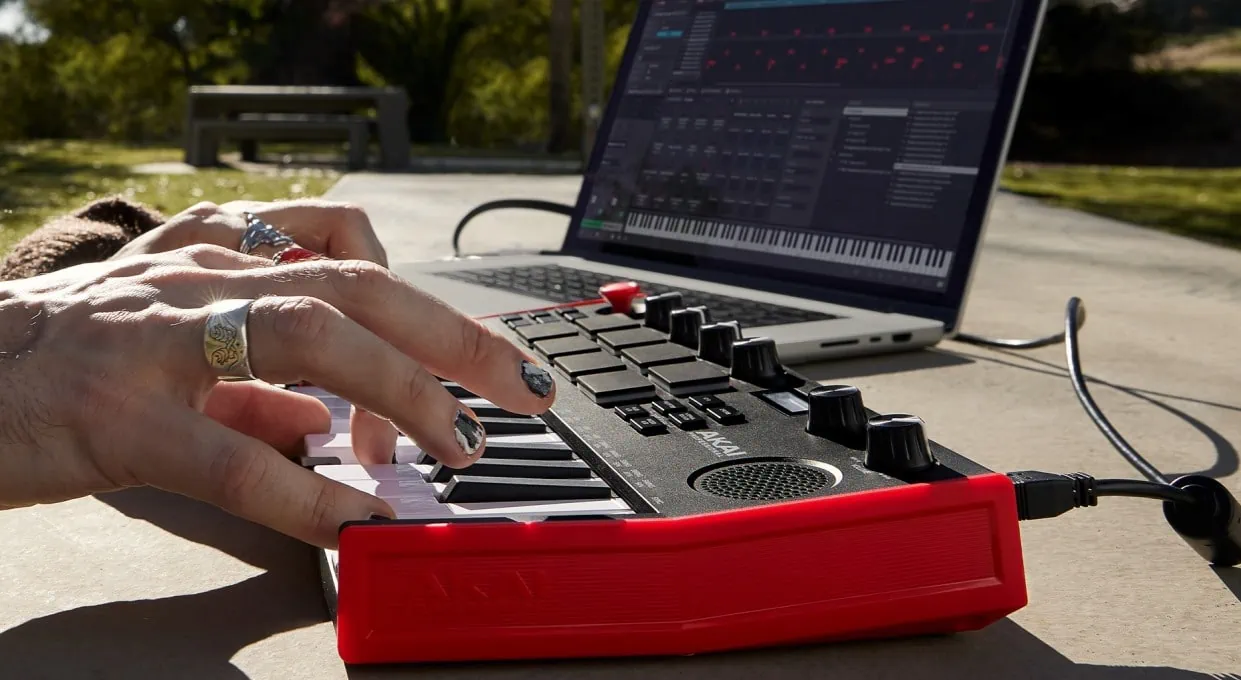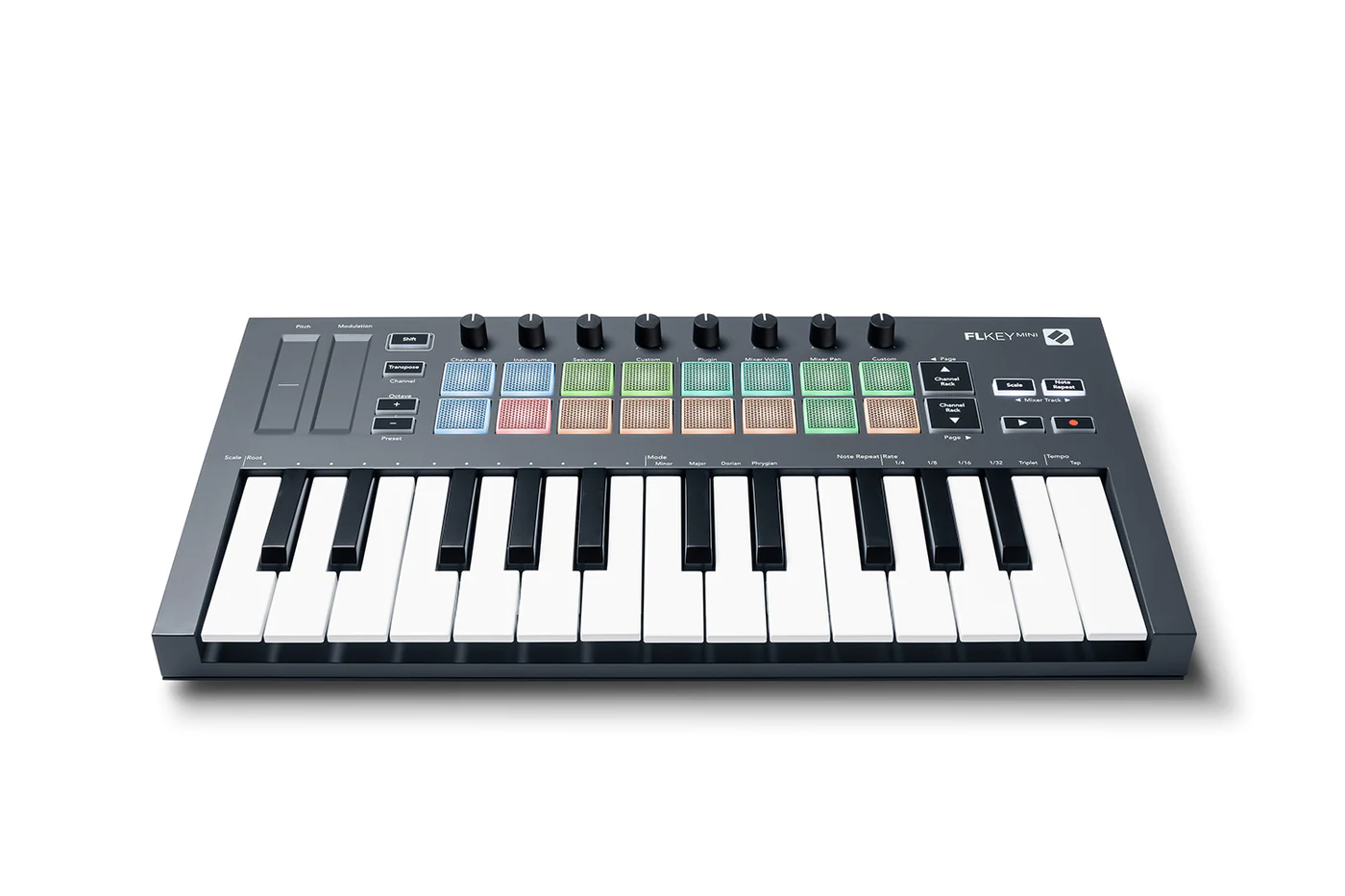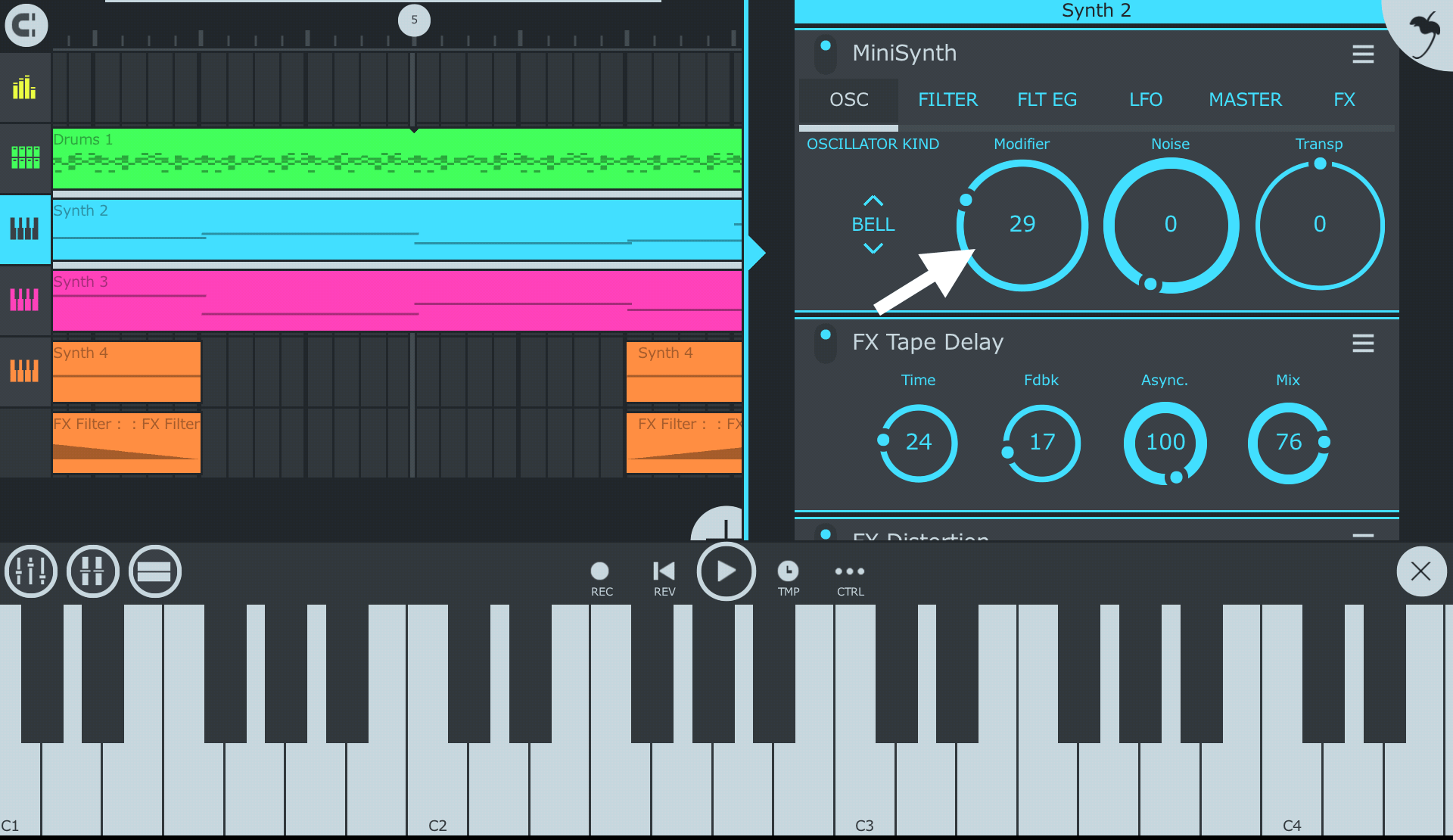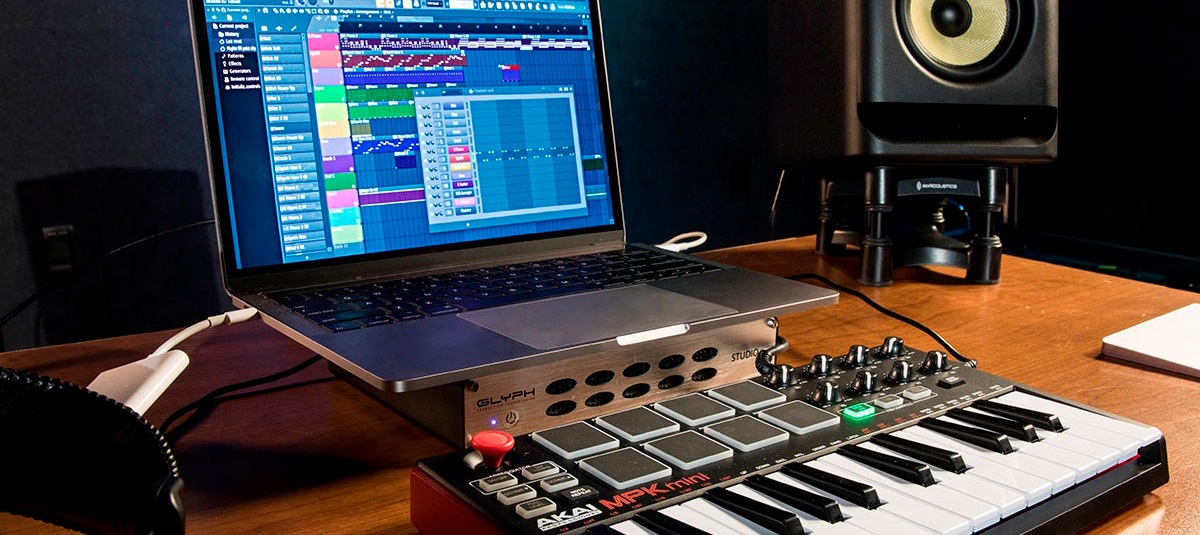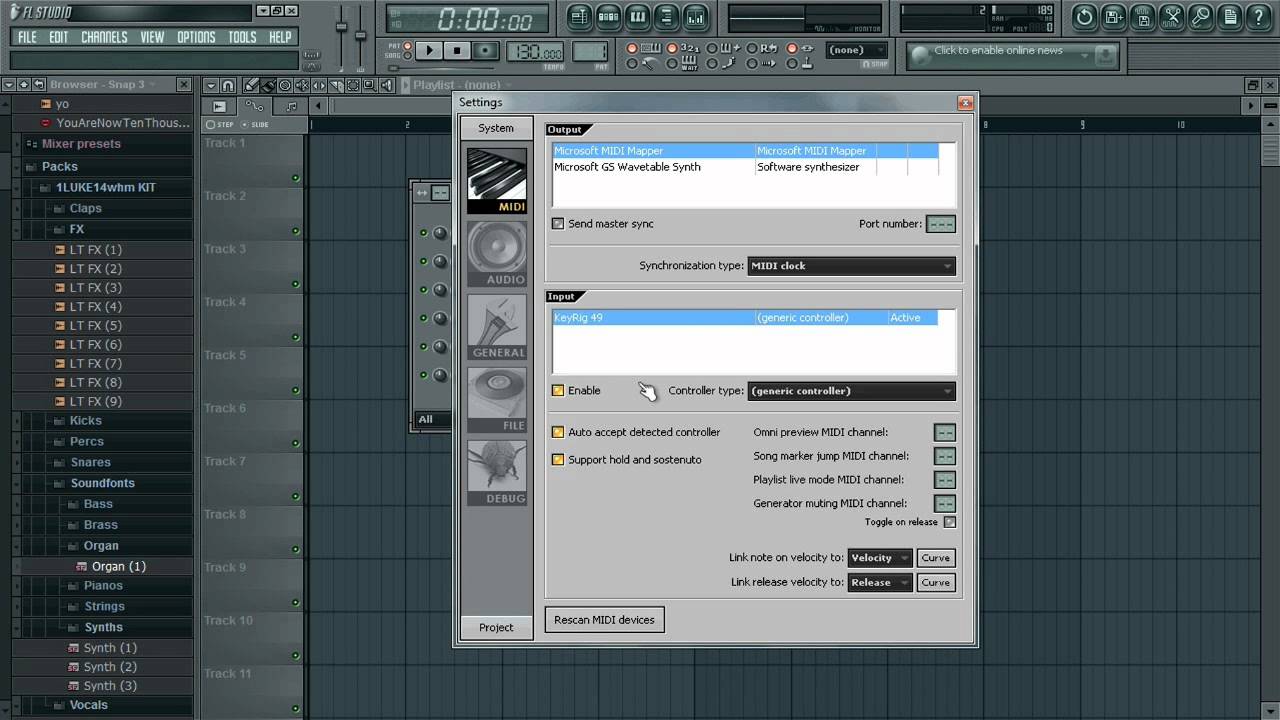Introduction
Are you an aspiring music producer looking to add expressive and dynamic elements to your compositions? The MIDI keyboard bend knob in FL Studio can be a game-changer, allowing you to infuse your music with subtle pitch variations, bends, and slides. This feature adds a human touch to your digital compositions, mimicking the nuances of live instrumental performances.
The bend knob, also known as the pitch bend wheel, is a fundamental tool for shaping the tonal qualities of your virtual instruments. By understanding how to harness its potential, you can elevate the expressiveness of your music and create more emotive and engaging compositions.
In this guide, we will delve into the intricacies of the MIDI keyboard bend knob in FL Studio, exploring how to set it up, map it to VST instruments, adjust its range, and seamlessly integrate it into your music production workflow. Whether you are a seasoned producer or a newcomer to the world of music production, mastering the art of using the bend knob can unlock a new realm of creativity and musicality in your productions.
Join us as we unravel the power of the MIDI keyboard bend knob and discover how it can revolutionize the way you approach music production in FL Studio. Let's embark on this journey to harness the expressive potential of the bend knob and breathe life into your digital compositions.
Understanding MIDI Keyboard Bend Knob
The MIDI keyboard bend knob, also referred to as the pitch bend wheel, is a pivotal component of a MIDI controller that enables musicians and producers to introduce pitch modulation and inflections into their performances. This dynamic control allows for subtle or dramatic pitch variations, akin to the techniques employed by instrumentalists playing acoustic instruments.
When you manipulate the bend knob on your MIDI keyboard, it generates MIDI data that alters the pitch of the notes being played. This modulation is particularly valuable for emulating the expressive nuances of acoustic instruments, such as the natural vibrato of a violin or the soulful bends of a blues guitar. By mastering the manipulation of the bend knob, you can imbue your digital performances with a human-like touch, adding depth and emotion to your music.
Understanding the intricacies of the bend knob empowers you to create more authentic and compelling musical performances within your digital audio workstation (DAW). Whether you are aiming to emulate the emotive phrasing of a saxophone solo or infuse your electronic compositions with organic, evolving textures, the bend knob is a versatile tool that can elevate the expressiveness of your music.
As we delve deeper into the functionality of the MIDI keyboard bend knob, we will uncover its potential to transform static MIDI sequences into dynamic, living performances, breathing soul and character into your music. By harnessing the power of this fundamental control, you can unlock a new realm of creative possibilities and redefine the way you interact with virtual instruments in your music production endeavors.
Setting up MIDI Keyboard in FL Studio
Before harnessing the expressive capabilities of the MIDI keyboard bend knob in FL Studio, it is essential to ensure that your MIDI controller is seamlessly integrated into the software. The initial setup involves configuring FL Studio to recognize and communicate with your MIDI keyboard, establishing a vital link between your physical input device and the digital environment of your music production workspace.
To begin, connect your MIDI keyboard to your computer using a USB cable or MIDI interface, ensuring that the device is powered on and ready for communication. Once connected, launch FL Studio and navigate to the ‘Options’ menu. From the dropdown menu, select ‘MIDI Settings’ to access the MIDI configuration panel.
Within the MIDI settings panel, locate your MIDI keyboard from the list of available input devices. Ensure that the ‘Enable’ checkbox is selected next to your MIDI controller to activate it within FL Studio. Additionally, verify that the ‘Auto detect’ option is enabled to allow FL Studio to automatically detect and configure your MIDI keyboard’s input parameters.
Once your MIDI keyboard is successfully recognized by FL Studio, you can proceed to assign specific functions, such as the bend knob, to your controller’s physical controls. This step is crucial for establishing a direct link between the bend knob on your MIDI keyboard and the pitch modulation parameters within FL Studio’s virtual instruments and synthesizers.
By setting up your MIDI keyboard in FL Studio, you lay the foundation for leveraging its expressive capabilities, including the nuanced control offered by the bend knob. This integration paves the way for a seamless and intuitive workflow, allowing you to focus on the creative aspects of music production while effortlessly harnessing the emotive potential of your MIDI controller.
Mapping the Bend Knob to a VST Instrument
Once your MIDI keyboard is successfully integrated into FL Studio, the next step involves mapping the bend knob to control the pitch modulation parameters of a virtual instrument or VST (Virtual Studio Technology) plugin. This mapping process establishes a direct relationship between the physical manipulation of the bend knob on your MIDI keyboard and the pitch modulation behavior of the selected VST instrument, enabling you to introduce expressive pitch variations into your performances.
To initiate the mapping process, select a VST instrument within FL Studio’s channel rack or plugin window. Once the VST instrument is loaded, locate the pitch modulation parameters, which may include controls for pitch bend range, pitch modulation depth, and pitch sensitivity. These parameters govern how the VST instrument responds to pitch modulation data received from the MIDI keyboard’s bend knob.
With the VST instrument’s pitch modulation parameters in view, right-click on the desired control, such as the pitch bend range, and select ‘Link to Controller’ from the contextual menu. This action prompts a new window to appear, indicating that FL Studio is ready to receive input from your MIDI controller.
Now, physically manipulate the bend knob on your MIDI keyboard. As you turn the bend knob, FL Studio detects the input and automatically links the movement of the knob to the selected pitch modulation parameter within the VST instrument. This dynamic mapping establishes a direct and real-time connection, allowing you to intuitively control the pitch modulation behavior of the VST instrument using the bend knob on your MIDI keyboard.
By mapping the bend knob to a VST instrument, you empower yourself to infuse your performances with expressive pitch variations and dynamic tonal shifts. This integration seamlessly merges the tactile control offered by the MIDI keyboard with the sonic versatility of virtual instruments, enabling you to craft performances that are imbued with human-like nuances and emotive qualities.
Adjusting the Bend Range
One of the key aspects of harnessing the MIDI keyboard bend knob in FL Studio is the ability to adjust the bend range, which determines the extent to which the pitch of notes can be modulated both upwards and downwards. By customizing the bend range, you can tailor the expressive capabilities of the bend knob to suit the specific requirements of your musical compositions and performance style.
To adjust the bend range for your MIDI keyboard in FL Studio, begin by selecting the VST instrument or synthesizer that you wish to modify. Locate the pitch modulation parameters, which typically include options for adjusting the pitch bend range. These parameters allow you to define the upper and lower limits within which the pitch can be modulated in response to the movement of the bend knob on your MIDI keyboard.
Once you have identified the pitch bend range parameters, experiment with different settings to determine the ideal range for your musical needs. By widening the bend range, you can introduce dramatic pitch bends and sweeping tonal shifts, ideal for evocative solos and expressive melodic phrases. Conversely, narrowing the bend range offers finer control over the pitch modulation, facilitating subtle inflections and nuanced pitch variations.
As you adjust the bend range, pay close attention to how the VST instrument responds to the movement of the bend knob. Observe how the pitch modulation behavior is influenced by the customized bend range, and consider how these adjustments enhance the expressiveness and musicality of your performances.
By fine-tuning the bend range to align with your artistic vision, you empower yourself to create performances that are imbued with personalized nuances and expressive depth. This level of customization enables you to tailor the behavior of the bend knob to complement your musical style, offering a heightened level of control over the pitch modulation characteristics of your virtual instruments.
Using the Bend Knob in Your Music Production
With the MIDI keyboard bend knob seamlessly integrated into your music production workflow in FL Studio, you are poised to leverage its expressive potential to imbue your compositions with emotive depth and dynamic character. The bend knob serves as a versatile tool for shaping the tonal qualities of your performances, offering a myriad of creative possibilities that can enrich your music production endeavors.
One of the primary applications of the bend knob is in crafting expressive melodies and solos. By intuitively manipulating the bend knob while playing melodic lines, you can introduce subtle pitch variations, expressive bends, and emotive slides, infusing your performances with the organic nuances reminiscent of live instrumental playing. This dynamic control allows you to breathe life into your melodies, creating captivating and emotionally resonant musical passages.
Furthermore, the bend knob can be harnessed to emulate the distinctive articulations and phrasing of acoustic instruments. Whether you seek to replicate the soulful bends of a blues guitar, the expressive vibrato of a violin, or the nuanced pitch variations of a saxophone, the bend knob offers a means to authentically capture the idiosyncrasies of these acoustic performances within the realm of digital music production.
Beyond melodic expression, the bend knob can be employed to introduce dramatic pitch modulation effects, adding a touch of avant-garde experimentation to your compositions. By pushing the boundaries of traditional pitch manipulation, you can create unconventional sonic textures, otherworldly soundscapes, and evocative tonal shifts, expanding the sonic palette available for your creative exploration.
Moreover, the bend knob’s versatility extends to diverse musical genres, from electronic music to orchestral arrangements, offering a universal tool for infusing compositions with personalized character and emotive resonance. Whether you are sculpting electronic soundscapes, crafting cinematic scores, or producing pop anthems, the bend knob can serve as a conduit for injecting human-like expressiveness into your digital productions.
By harnessing the expressive potential of the MIDI keyboard bend knob, you can redefine the way you approach music production, infusing your compositions with a human touch that transcends the confines of digital technology. This dynamic control empowers you to craft performances that resonate with emotion and authenticity, elevating your music to new heights of expressiveness and creativity.







